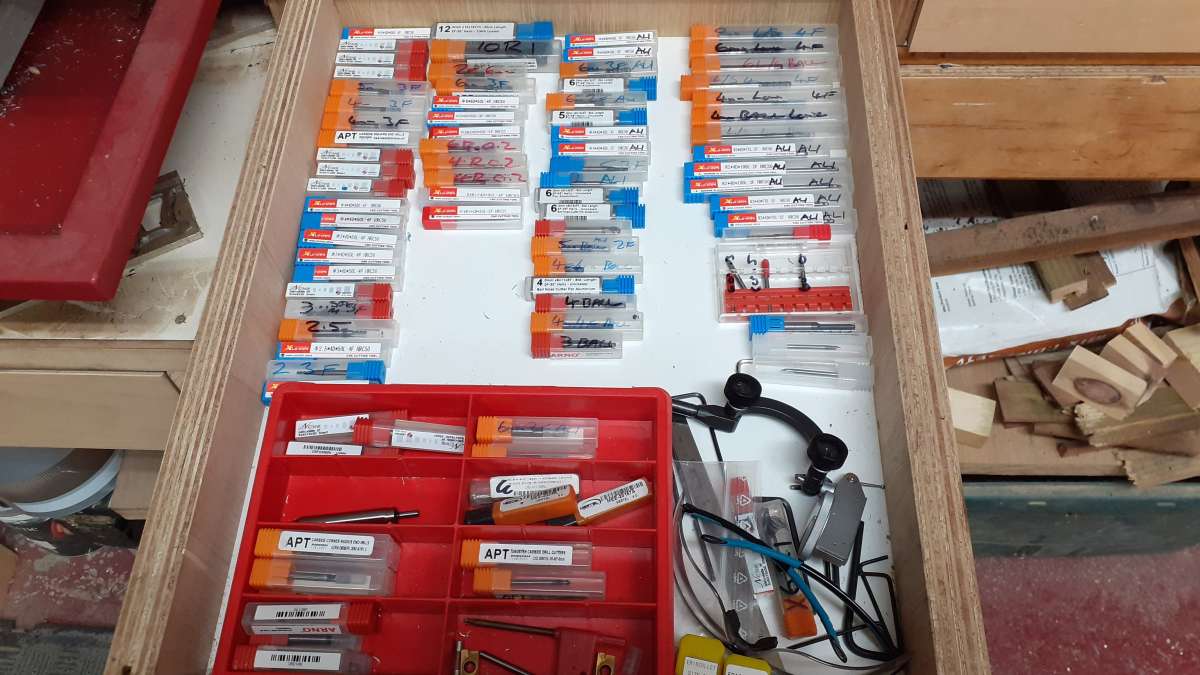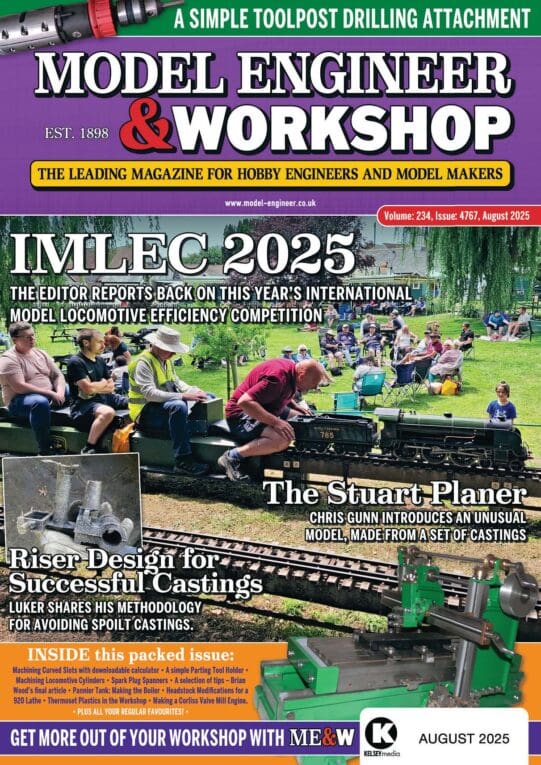On
18 May 2024 at 08:27 colinb Said:
Is there any functional reason to prefer one over the other?
Despite the endless, but ultimately fruitless, arguments on here about metric versus imperial it doesn’t matter a jot.
Metric cutters are more readily available commercially if buying new. But imperial cutters are still available from other sources such as Ebay.
My engine build is imperial, but for professional work I mainly use metric. My go to cutters for the vertical and CNC mills are 6mm and 10mm 3-flute centre cutting uncoated carbide cutters and the same sizes but polished, specifically for aluminium. For the engines I have a range of imperial slot drills (bought new) for keyways and counterboring. I buy others as needed; metric from commercial suppliers, imperial mostly secondhand. I have also bought a lot of larger cutters secondhand. They come in handy, especially on the horizontal mill, and I wouldn’t have been able to afford them new:

To summarise, buy a few metric cutters as standard; 3, 4, 6 and 10mm diameter covers most needs. Then buy other cutters, metric and imperial, as needed and new or secondhand based on need, availability and cost analysis.
Andrew
Graham Meek.






